8 ways to get more from your guitar amp
How to find new sounds and rekindle your love affair with your amp

GUITAR SHOWCASE 2023: There are many ways to make a guitar amp sing. You can always just plug in and crank it and take it from there, but there are other ways, more subtle approaches, and features found on many amp designs that can give you more options in terms of tone – and right now we're going to take a look at some of them.
1. Stick with lower wattages in smaller spaces
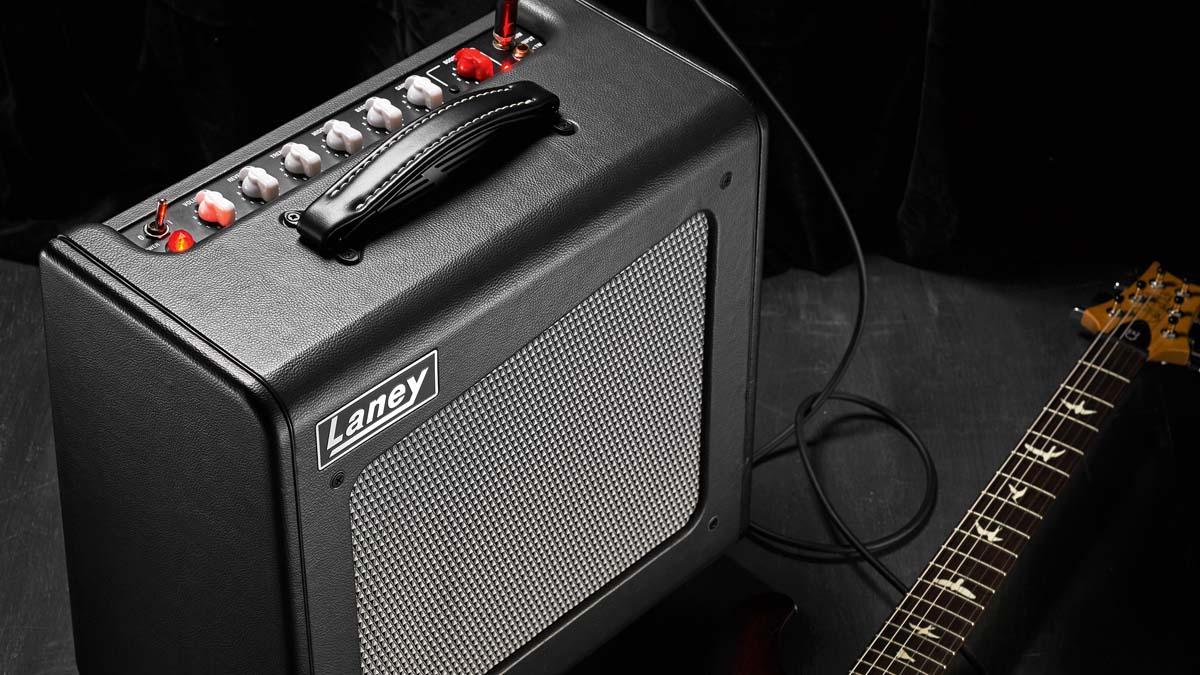
It’s all too easy to get carried away with volume when buying a new tube amp. More power equals more tone, right? Well, no. That only really comes into effect when you’re driving the valves hard at higher volumes on arena or festival stages.
If you’re playing small gigs and using your amp at rehearsal studios or home, a 20-watt combo will probably suit you better than a 100-watt behemoth you can’t quite push to its full potential. If your high-wattage amp has a low-power mode or built-in power soak, try seeing how the tones compare, or consider using an external attenuator.
“We’ve found great satisfaction with the Blackstar Artisan when recording in the studio,” ZZ Top legend Billy Gibbons told Total Guitar in 2016. “They make a pretty wide range of gear, but that amp in particular is simple. It’s a 15-watt single-speaker thing – almost an entry-level, low power piece, but it has this great sustain and depth.”
2. Get creative with your midrange
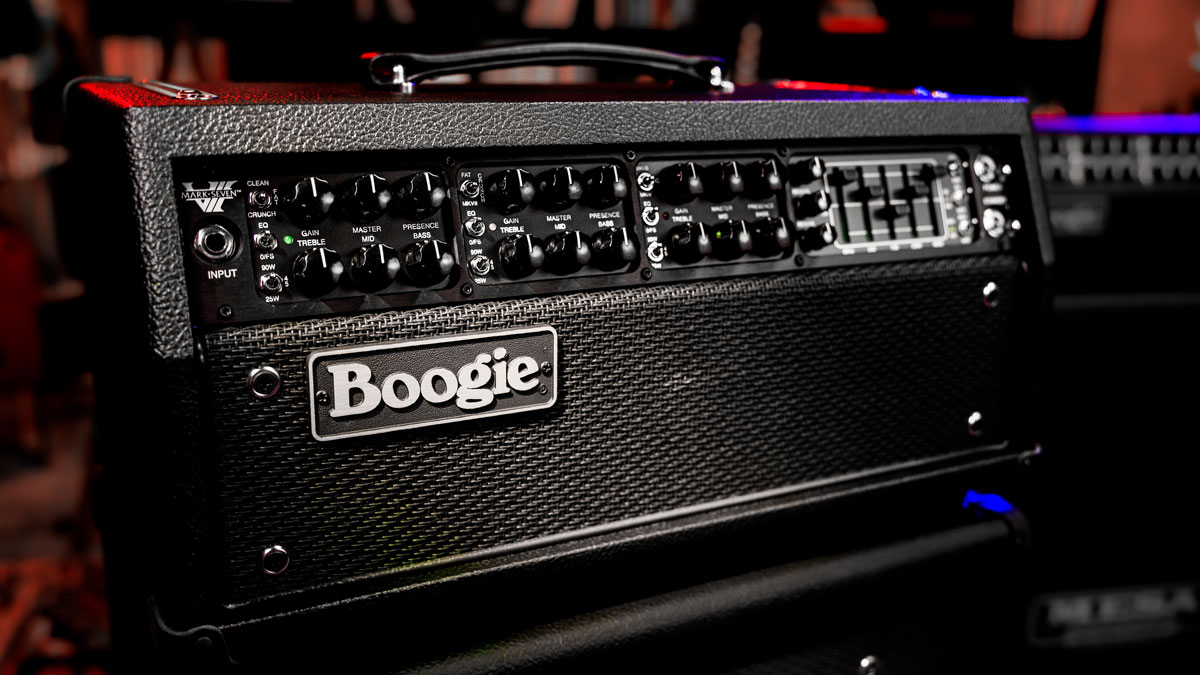
The mids control is often one of the most overlooked features to be found on the face of an amp. But given that the guitar is a midrange instrument, it’s the kind of dial that can drastically shape your tone the most.
Lead guitarists may benefit from keeping the mids halfway, or boosting them to help cut through, while rhythm guitarists – particularly those playing harder rock and heavy metal – usually opt for having the mids cut or in more extreme cases ‘scooped’ out almost completely, as typified by the late, great Pantera guitarist Dimebag Darrell.
3. Use more than ambient effects in the loop
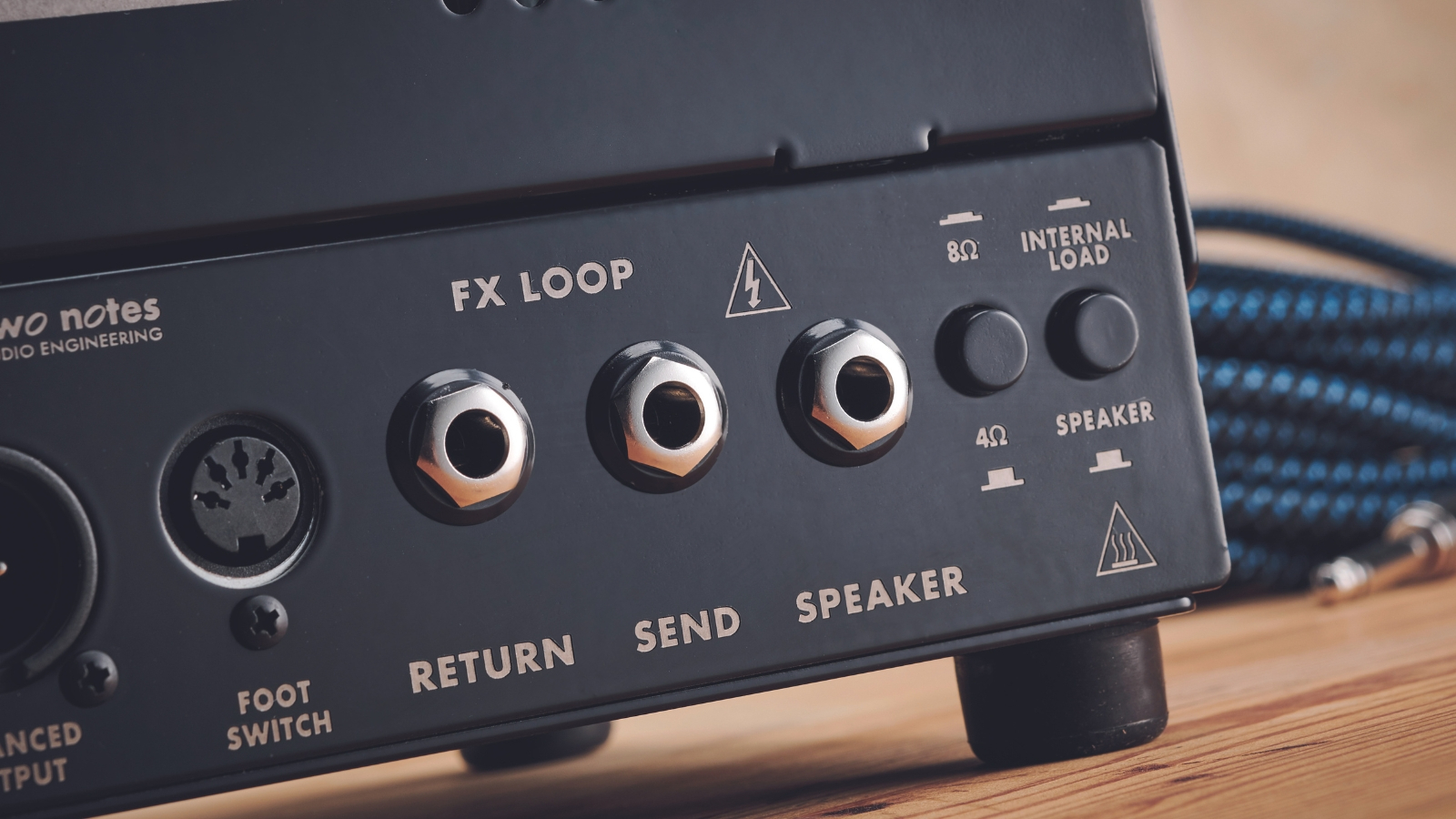
Your amp’s send and return is perfect for effects like reverb and delay – especially if you’re using overdrive and distortion. However, it’s worth seeing how other pedals might sound in there, from boosts to modulation, because their insertion after the preamp section of your amp will ultimately make them behave in different ways. At the end of the day, you can never go wrong with more options out of the gear you already own.
Get The Pick Newsletter
All the latest guitar news, interviews, lessons, reviews, deals and more, direct to your inbox!
4. Try reverbs and delays in front
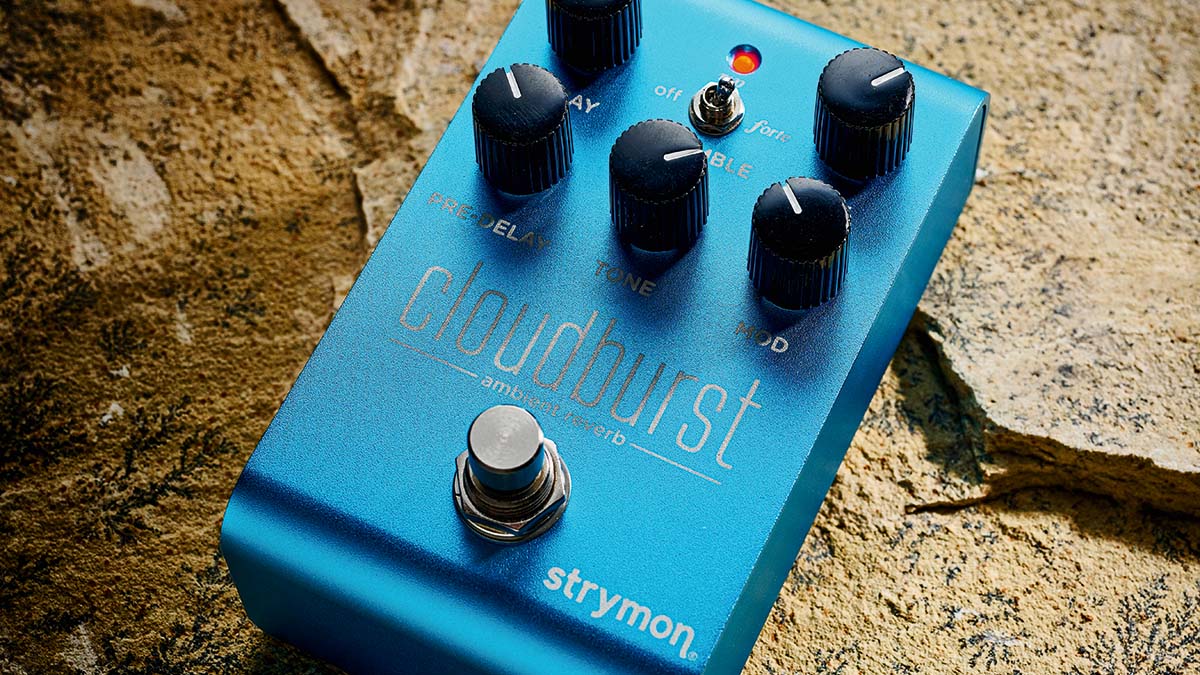
There’s a reason why most players put ambient effects in the loop rather than in the front end of their amp – echoes and reverbs can sound ambiguous and unmusical when run through overdrive or distortion. But, as we all know, there are no laws when it comes to tone.
Porcupine Tree mastermind Steven Wilson actually prefers the more atmospheric noises produced this way.
“I’m a big fan of putting the delay and reverb in front of the gain stage on amps,” he told Total Guitar in 2020. “I’m not a big fan of that clean and polite way of putting the delay after the gain or in the loop. I love the sound of twisted metal, by which I mean the sound of distortion, reverb and delay fighting for supremacy in the gain stage of an amp.
“You get that Neil Young kind of messy grunginess to it. I like it sounding out of control. As a player, you almost have to fight to harness it. You hear that sound on old Mahavishnu Orchestra albums… trying to tame the beast and control all that information!”
5. Use your guitar volume instead of switching channels
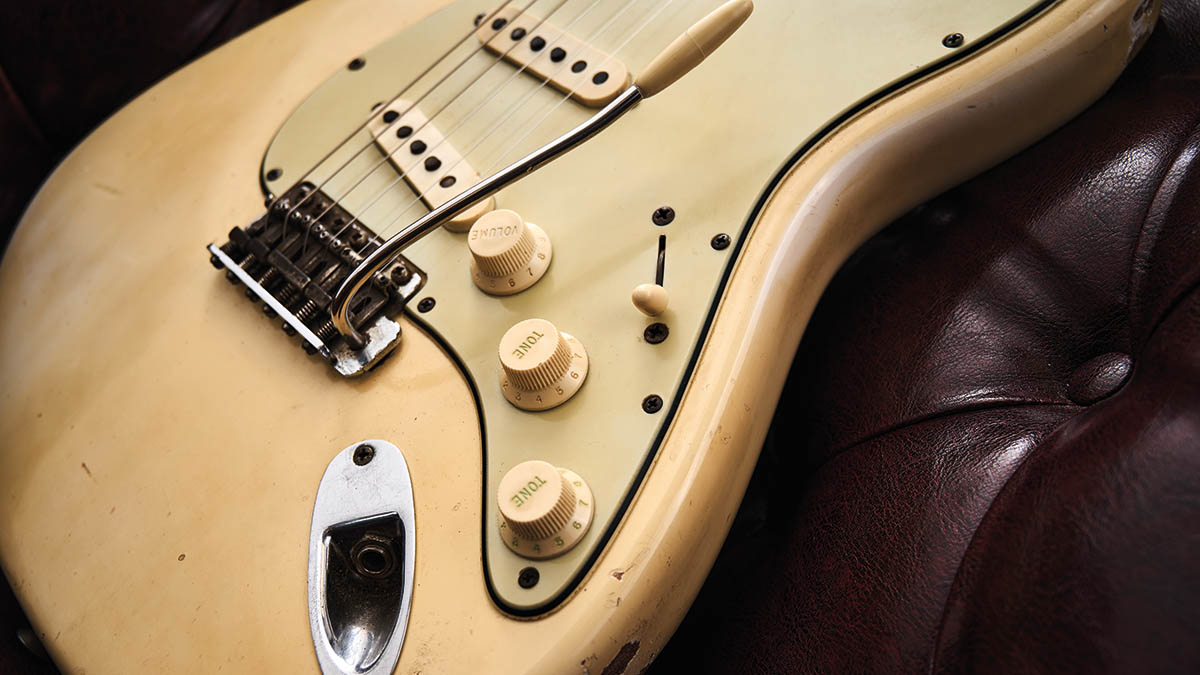
Some amps might have up to three or four channels for you to use, which can be great if you need to cover a lot of tonal ground in one performance.
Instead of switching, however, you could always try dialling in your most overdriven sound and then backing it down via your guitar’s volume control for more of a DIY clean and crunch channel.
Ultimately it will make your guitar tones feel more seamless, existing as one sound with varying levels of gain and volume rather than the inconsistency of different voicings coming out of the same head or combo.
6. Use less gain for more clarity
Few things excite guitarists as much as the words ‘more gain’ – but it’s worth remembering that using more gain and drive than you need can actually distract from the notes being played and make them less impactful.
This is particularly important when recording, as there’s an added tightness to lower levels of gain compared with more generous helpings. Listen to classic recordings by Rage Against the Machine, for instance, and you’ll see how backing off the gain for more clarity can still yield some truly explosive results.
7. Go easy on the treble
It doesn’t matter how accomplished you are as a player, if your sound comes across as unflattering and harsh, listeners will quickly get tired of hearing you. It’s something Joe Bonamassa learned early on in his years of entertaining – and many would consider him an expert in such matters.
“I’d rather play an evening where the guitar sounds a bit dull, than an evening where the guitar sounds a bit ‘Holy shit’ bright!” he admitted in 2019.
“Ear fatigue is a big thing about going to a guitar show. It’s like, ‘How do you make two hours seem like four?’ Well, I can show you real easy: we’ll take the baffles down and turn the gain up, and turn the brightness up. If you listen to B.B. King, it was like a human voice speaking. It was never gratey.”
8. Run distortion pedals through your amp’s drive channel
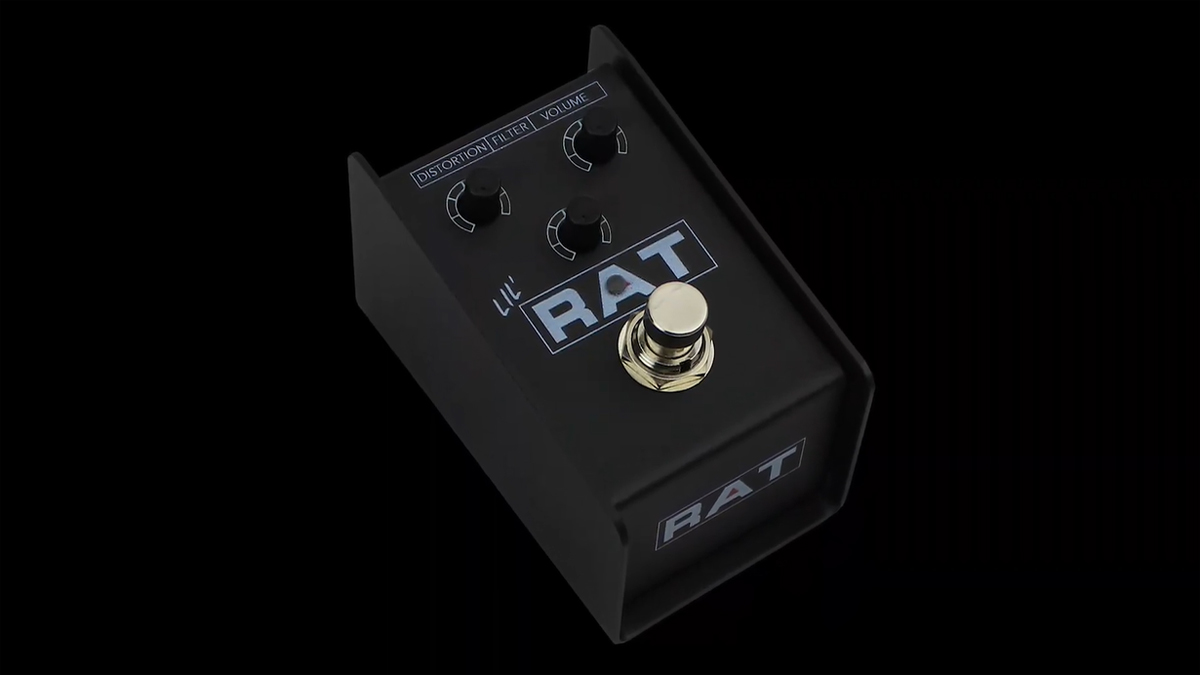
Guitar pedals react differently depending on what channel of your amp you’ve chosen to use. Though there are guitarists out there who are happy going in clean, many players will use overdrive pedals and fuzz with an amp sound that’s already on the edge of breakup and beyond.
The results are often smoother and warmer as the amp channel will be voiced specifically for the extra gain and drive. Using fuzz pedals on a clean channel often results in a harsher-sounding tone with an abundance of high harmonic information – which may work for some but generally isn’t ideal.
Amit has been writing for titles like Total Guitar, MusicRadar and Guitar World for over a decade and counts Richie Kotzen, Guthrie Govan and Jeff Beck among his primary influences as a guitar player. He's worked for magazines like Kerrang!, Metal Hammer, Classic Rock, Prog, Record Collector, Planet Rock, Rhythm and Bass Player, as well as newspapers like Metro and The Independent, interviewing everyone from Ozzy Osbourne and Lemmy to Slash and Jimmy Page, and once even traded solos with a member of Slayer on a track released internationally. As a session guitarist, he's played alongside members of Judas Priest and Uriah Heep in London ensemble Metalworks, as well as handled lead guitars for legends like Glen Matlock (Sex Pistols, The Faces) and Stu Hamm (Steve Vai, Joe Satriani, G3).
"I never use my tube amp at home now, because I have a Spark Live": 5 reasons you should be picking up the Positive Grid Spark Live in the massive Guitar Month sale
“Our goal is to stay at the forefront of amplification innovation”: How Seymour Duncan set out to create the ultimate bass amp solution by pushing its PowerStage lineup to greater heights











